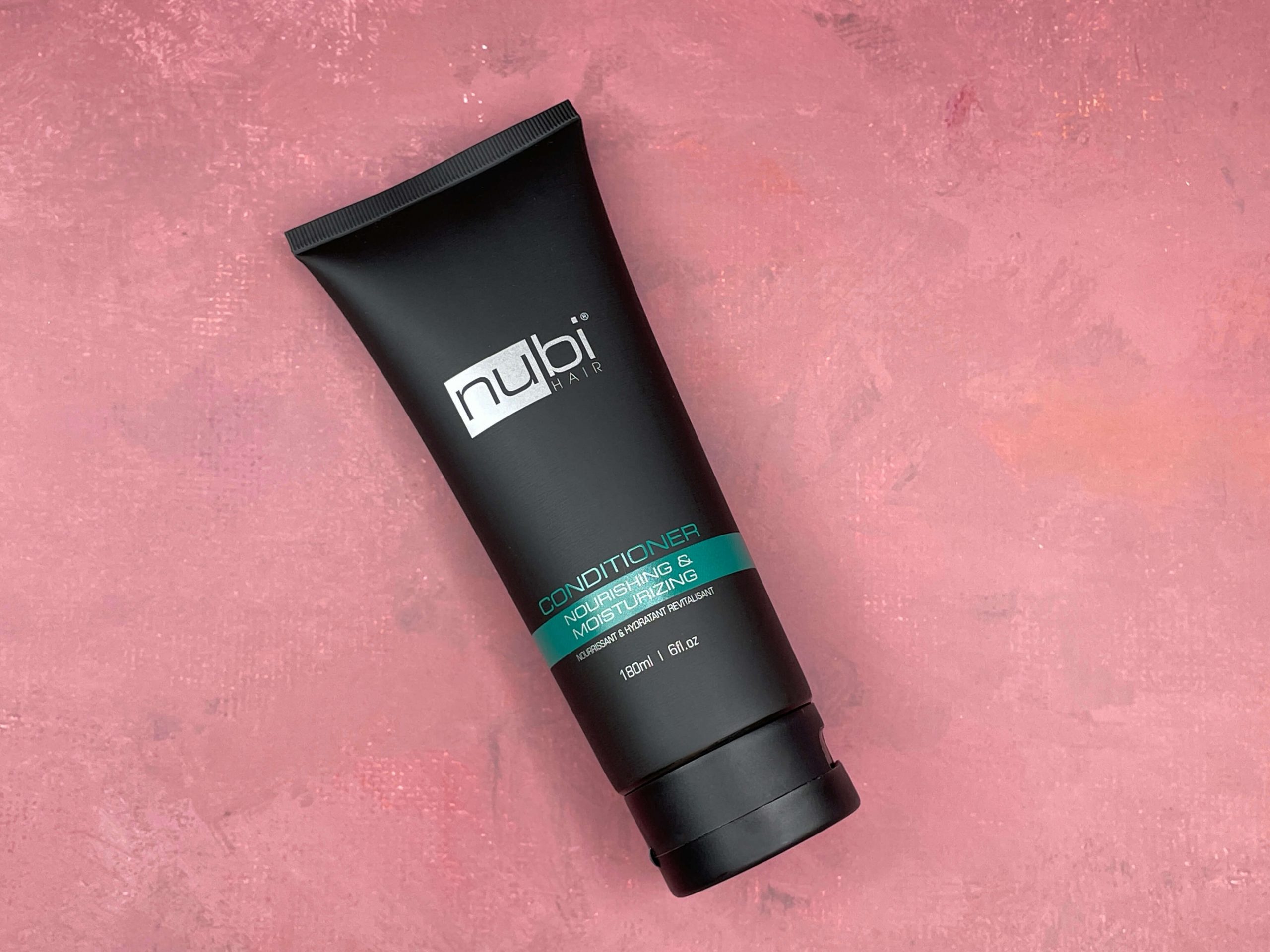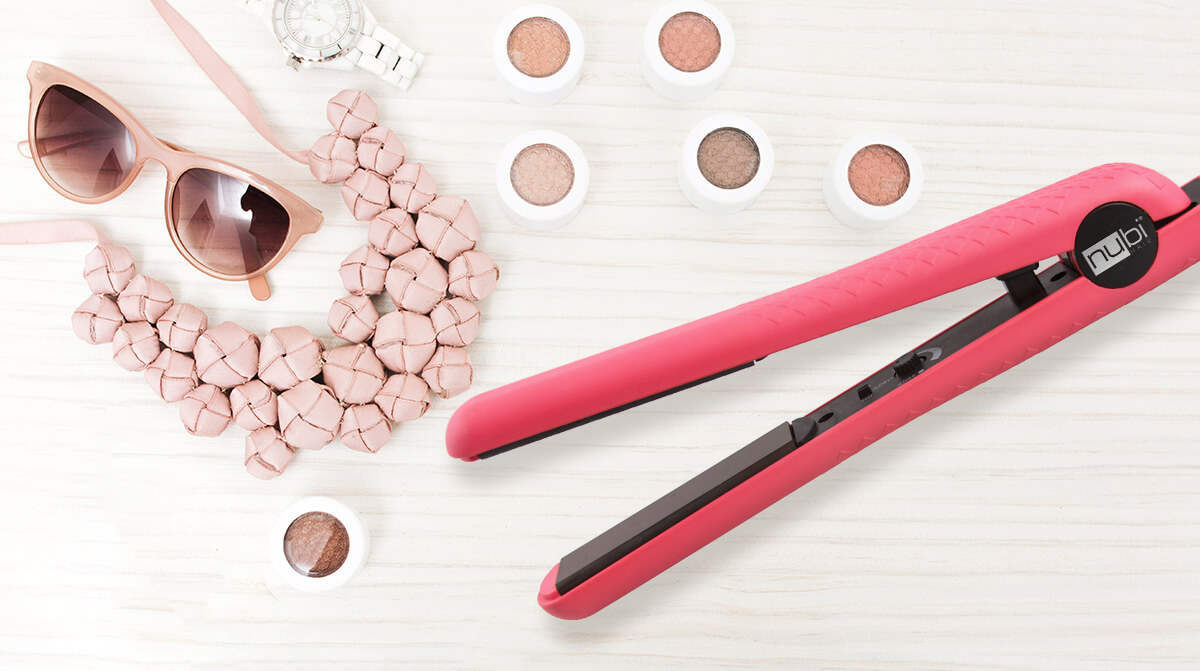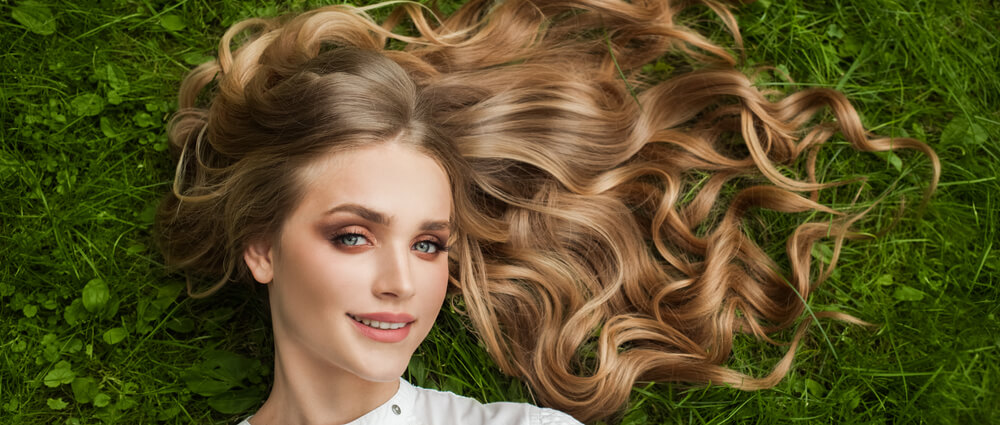Hair Care
12 Best Methods to Keep Natural Hair Moisturized & Hydrated
One of the biggest issues encountered by those with natural hair is dryness. Due to how curly each strand is, it takes a while for the moisturizing oils produced by the scalp to make their way down each hair. Rather than sliding smoothly down in the way that they do with straight hair, the oils have to navigate around each bend and curve, meaning that a large portion of natural hair fails to receive the moisture that it needs.
Fortunately, there’s plenty that you can do about this. Read on as Nubi shares the 12 best methods for ensuring that your natural hair is able to remain perfectly hydrated and moisturized at all times.
1. Don’t Over-wash Your Hair
With natural hair being naturally on the dry side, it’s important that you try to preserve your hair’s oils as much as possible. These oils lubricate and condition the hair, leaving it feeling soft and smooth rather than dry and brittle.
Ideally, you want to give those oils the best possible chance of traveling from your roots to your tips. Each time you wash your hair, you’ll be removing those oils, meaning that the journey from your scalp will need to start all over again.
To give those oils enough time to reach the dry ends of your hair, don’t over-wash your mane. While some with natural hair are able to get away with washing their locks once a week, most people need to leave at least two weeks in between washes in order to keep their strands from drying out.
2. Use a Water-Based Conditioner

Hydration is all about water, meaning that you need to give your hair enough water if you want it to feel hydrated. Sure, oils are important for locking that water in. However, apply an oil to hair that hasn’t been hydrated first and your strands may feel lubricated but they’ll still be lacking in moisture.
The best way to give your hair the moisture that it needs is with a water-based conditioner. Ideally, water or aqua should be the first ingredient on the ingredient list, like with the Nubi Nourishing & Moisturizing Conditioner. Not only will this conditioner give your hair some much-needed water but the olive oil in this formula will then seal that in to ensure long-term hydration.
3. Give Co-washing a Try
Usually, a conditioner is applied after the hair has been shampooed. However, if you need to give your locks a moisture boost in between washes, co-washing would be worth a try.
This technique involves washing your hair with just a conditioner, rather than using a shampoo first. This way, you’ll remove any dirt that has settled onto your strands without interfering with the oil that coats them in the way that a shampoo would. You’ll also be giving your hair some extra moisture and nutrients. This will help to keep it feeling soft and smooth.
4. Deep Condition Every Few Weeks
While regular conditioners are great for all hair types, natural hair requires extra moisture. This is where a deep conditioner can be a huge game-changer.
Deep conditioners are designed to remain on the hair for longer than a regular conditioner. While a regular conditioner is usually washed off after a few minutes, a deep conditioner will need to saturate your strands for closer to 20 minutes. Some even boast a leave-in formula, meaning that you won’t need to rinse it out.
This extra contact enables a deep conditioner to provide a deeper splash of moisture. The ingredients within that conditioner will have more time to soak into your strands and work their magic.
5. Be Careful When Heat Styling

Heat styling is notorious for drying out and damaging the hair. This is down to the many harmful heated styling tools available on the market. They provide an overly intense heat that ends up scorching strands, resulting in brittle locks that easily break.
To avoid this, you’ll need to invest in high-quality heated styling tools that put you in full control of the styling process. Take the Nubi Soft N’ Straight 1.25” Ceramic Pink Styler as an example. Its adjustable temperature dial enables you to choose from between 180º-450ºF. We would recommend starting off at the lower end and slowly working your way up, until you’ve found a temperature that enables you to straighten your strands with just one or two passes. The fact that this flat iron comes with snag-resistant ceramic plates, negative ion technology, and infrared heat technology also helps to significantly minimize the appearance of heat damage while helping your hair to retain moisture.
6. Stop Touching Your Hair
Some people have the habit of frequently touching their hair. Whether this may be to regularly tuck a few strands behind their ears or flip their front layers back, touching and playing with your hair can quickly become second nature.
However, if you want to keep your natural hair moisturized, this is a habit that you’ll need to break. Each time you touch your strands, some of the oil that coats them will end up absorbed by the skin on your hands. As you know, preserving those oils is vital for anyone with natural hair. The more you touch your hair, the more oil you’ll lose, so keep those hands away!
7. Protect Your Hair From the Elements
Unfortunately, the outdoor elements that you face every day aren’t kind to natural hair. From the sun to the wind to the rain, environmental exposure can soon turn natural hair dry and damaged. This is especially the case during times of extreme weather.
So, how can you protect your hair from the elements?
Simply placing a hat or a hood over your hair will help to shield it from environmental damage. You could also wrap your hair in a scarf to keep it protected. If you plan on spending a significant amount of time in the sun, consider investing in some SPF for your hair, and don’t forget to wear a cap if you decide to go swimming in chlorinated water.
8. Try Out Some Protective Hairstyles
Another way to guard your hair against environmental damage while also encouraging moisture retention is by donning a protective hairstyle. There are so many out there to choose from, from cornrows to box braids to twists. They’re great for sheltering natural hair from the elements while also helping to retain length and minimize tangles.
The downside to protective hairstyles is that many of them are very tight. They place tension on the roots of the hair, which can end up causing more harm than good.
To ensure that your hairstyle is protecting your hair rather than damaging it, make sure that you don’t feel any tension or tugging at your scalp. If you do, then this is a sign that your hairstyle is too tight. You’d be best off swapping it for a low-tension hairstyle instead.
9. Give Your Scalp Some TLC
Your hair grows from your scalp, meaning that the health of your scalp directly influences the health of your hair. If you want your hair to feel moisturized and hydrated, then your scalp needs to feel the same way.
Fortunately, scalp care is a big trend at the moment. As a result, you’ll easily find scalp care products available that can give your scalp some extra TLC.
Start by investing in a scalp exfoliator. Whether you go for a scrub or a chemical exfoliant, regularly exfoliating your scalp will ensure that your hair follicles don’t end up clogged up with sebum, dead skin cells, and product buildup, which will leave your hair feeling healthier. This will also encourage growth, making it easier for you to gain some length.
Scalp oils and other scalp treatments can also be a great addition to a scalp care routine, rounding off the benefits provided by your scalp exfoliator.
10. Sleep on Silk or Satin
You may not realize it, but your hair could be drying out while you sleep, making it look rough and dull come morning. This is common among those who use pillowcases made from cotton or a similar material. Not only does the fabric soak up your hair’s natural oils overnight, but it also causes friction whenever your hair rubs against the material, resulting in frizz.
The best way to prevent this is by swapping your pillowcases for silk or satin versions. These materials aren’t quite so absorbent, meaning that they’ll leave the majority of your hair’s oils on your hair. They’re also much smoother, so you won’t have to worry about frizz or roughness each time your hair moves against your pillow.
Another option would be to wrap your hair in a silk or satin scarf or bonnet before you go to bed. Remember – don’t pull your hair back so tightly that it causes tension on your scalp. Keep things loose while ensuring that all of your strands are tucked away to keep them safe while you snooze.
11. Try Pre-Pooing Your Hair
If you’ve never tried pre-pooing before, this could be a big game-changer for your natural hair. Pre-poo stands for pre-shampoo, and it refers to giving your hair a little extra prep before you shampoo it.
Pre-pooing can take a variety of forms. Some people use an oil treatment, others use masks or scrubs. Whatever you choose to use, the purpose of a pre-poo is to boost the hair’s moisture levels while helping the scalp to feel detoxified.
12. Regularly Trim Split Ends Away
You’re probably aware of how important it is to have regular trims to get rid of split ends. After all, there’s no way to repair those damaged ends so trimming them off is your only option.
However, trimming split ends isn’t solely about giving your hair a healthier appearance. It will also help to counter dryness. When the ends of your hair have split, moisture evaporates from them at a much faster rate. Leave those split ends in place and they’ll soon travel up your hair shaft, causing a longer split that therefore provides an even larger gap for moisture to evaporate from.
Regular trims will help to prevent this, keeping your hair looking beautifully moisturized and hydrated.
Caring For Natural Hair With Nubi
Natural hair comes with some unique challenges that other hair types don’t experience, with dryness and dehydration often being the biggest ones. However, follow the tips that we’ve shared above and you should have no more problems keeping your hair moisturized and hydrated, which will give it a softer, smoother, and healthier-looking finish!
Click here to add more Nubi bestsellers to your hair care and styling routine.



